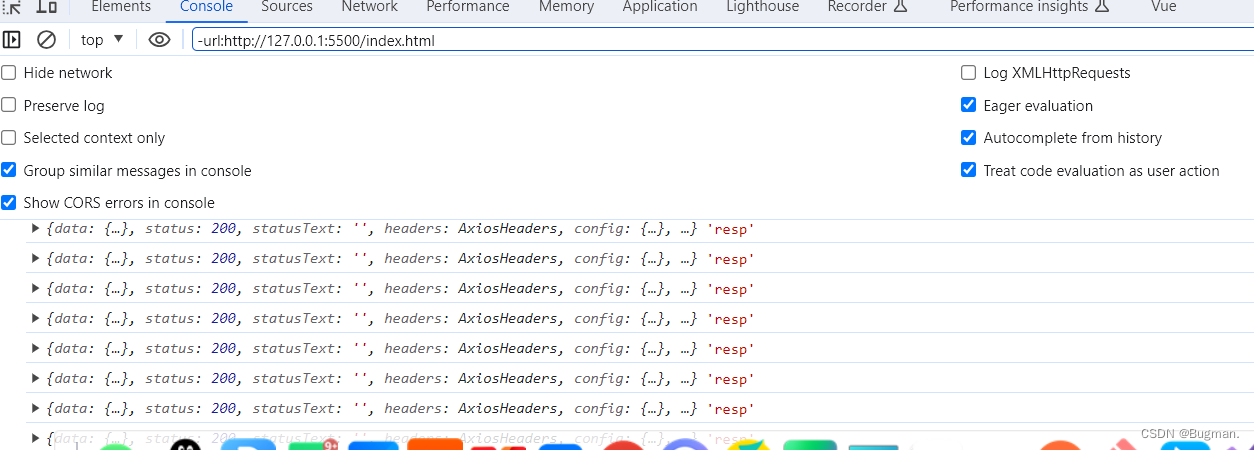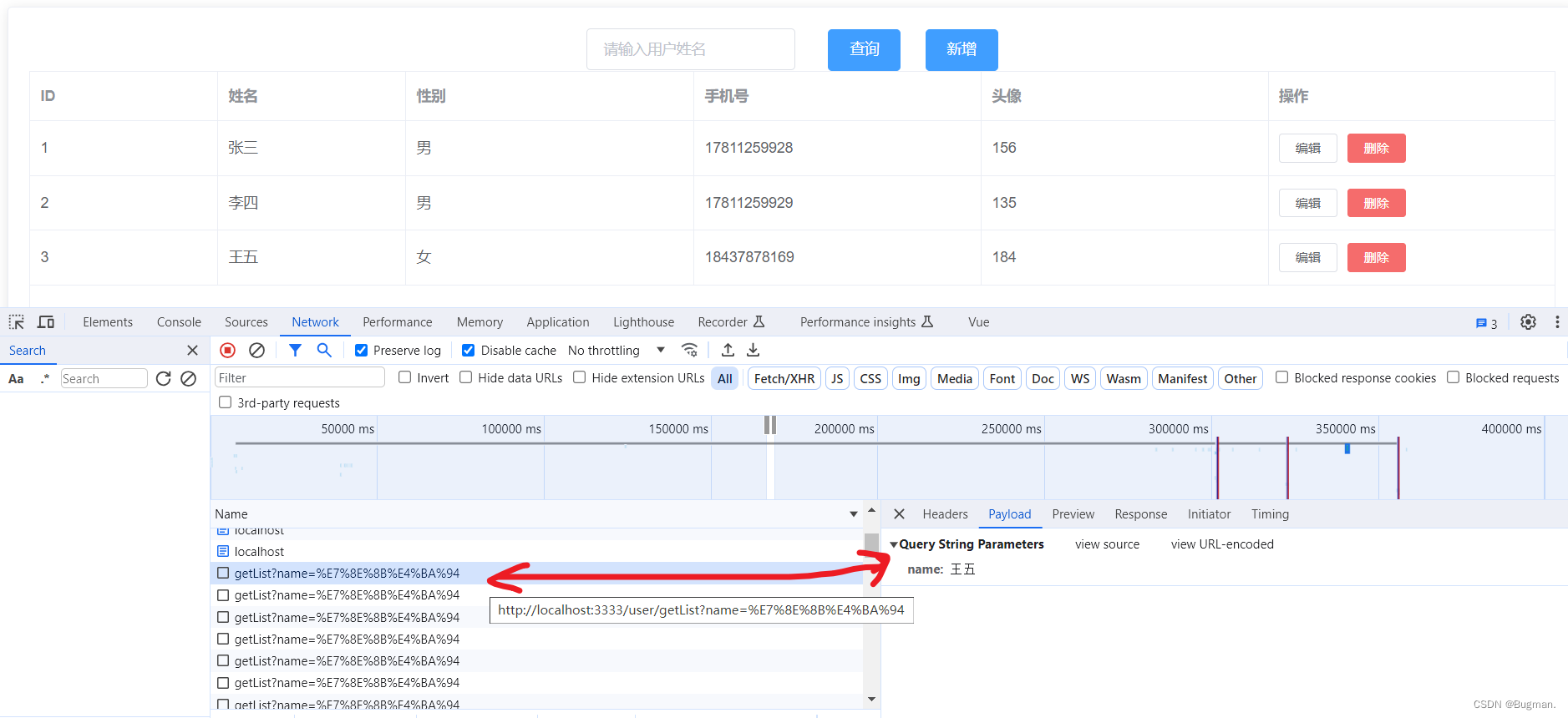一、后端
1.controller层
package com.like.controller;
import com.like.common.CommonDto;
import com.like.entity.User;
import com.like.service.UserService;
import jakarta.annotation.Resource;
import org.springframework.web.bind.annotation.GetMapping;
import org.springframework.web.bind.annotation.RequestMapping;
import org.springframework.web.bind.annotation.RestController;
import java.util.List;
@RestController
@RequestMapping("/user")
public class UserController {
@Resource
private UserService userService;
@GetMapping("/getList")
public CommonDto getList(){
CommonDto commonDto = new CommonDto();
List<User> userList = userService.getList();
commonDto.setContent(userList);
return commonDto;
}
}
2.service层
package com.like.service;
import com.baomidou.mybatisplus.extension.service.IService;
import com.like.entity.User;
import java.util.List;
public interface UserService extends IService<User> {
List<User> getList();
}
QueryWrapper是Mybatis-plus 3.0.7版本之前推出的查询工具类。和LambdaQueryWrapper的使用方法不同,QueryWrapper需要使用SQL语句来构建查询条件
package com.like.service.impl;
import com.baomidou.mybatisplus.core.conditions.query.QueryWrapper;
import com.baomidou.mybatisplus.extension.service.impl.ServiceImpl;
import com.like.entity.User;
import com.like.mapper.UserMapper;
import com.like.service.UserService;
import jakarta.annotation.Resource;
import org.springframework.stereotype.Service;
import java.util.List;
@Service
public class UserServiceImpl extends ServiceImpl<UserMapper, User> implements UserService {
@Resource
private UserMapper userMapper;
@Override
public List<User> getList() {
QueryWrapper<User> queryWrapper = new QueryWrapper<>();
List<User> selectList = userMapper.selectList(queryWrapper);
return selectList;
}
}
二、前端
1.启动时展示数据
首先编写axios的get请求,注意methods和created和data这些是同级,笔者就是犯了这个小错误,导致debug了一万年,希望大家引以为戒
methods: {
handleEdit(index, row) {
console.log(index, row);
},
handleDelete(index, row) {
console.log(index, row);
},
handleSizeChange(val) {
console.log(`每页 ${val} 条`);
},
handleCurrentChange(val) {
console.log(`当前页: ${val}`);
},
getUserList(){
this.axios.get("http://localhost:3333/user/getList").then((resp)=>{
console.log(resp,'resp');
});
}
},
created() {//Vue生命周期函数,此处的目的是页面打开,就调用函数,将数据库中的数据显示出来
this.getUserList();
}这样,启动前端工程后,立刻向后端发送了一个get请求,浏览器响应数据如下

显然,我们需要的数据就在data的content中,此时只需让data中的tableData=resp.data.content
getUserList(){
this.axios.get("http://localhost:3333/user/getList").then((resp)=>{
console.log(resp,'resp');
this.tableData = resp.data.content;
});
}这时候,我们的数据库的数据就全部显示在页面上了

2.条件查询
现在我们需要的效果是,点击查询,触发条件查询,即根据姓名查询用户信息
给getUserList方法加上参数name
getUserList(){
this.axios.get("http://localhost:3333/user/getList",{
params:{
name:this.query.name //参数让其等于输入框输入的name
}
}).then((resp)=>{
console.log(resp,'resp');
this.tableData = resp.data.content;
});
}按钮处添加点击事件,点击触发该方法
<el-button type="primary" @click="getUserList">查询</el-button>点击查询按钮时候,我们可以看到前端有响应,并且network中的get请求带有参数,这样我们就可以编写后端代码了


后端接口代码逻辑完善
@Override
public List<User> getList(User user) {
LambdaQueryWrapper<User> lambdaQueryWrapper = new LambdaQueryWrapper<>();
//判断前端是否传来有参数,如果有参数,就使用这个构造条件
if (ObjectUtils.isNotEmpty(user.getName())) {
lambdaQueryWrapper.like(User::getName,user.getName());
}
List<User> userList = userMapper.selectList(lambdaQueryWrapper);
return userList;
}3.输入框增加可清除效果
<el-input v-model="query.name" style="width:200px" placeholder="请输入用户姓名" clearable></el-input>